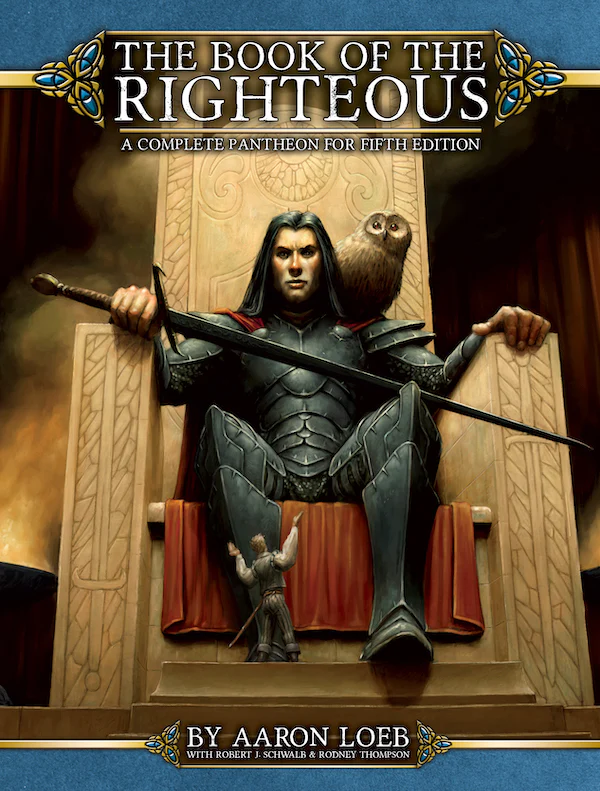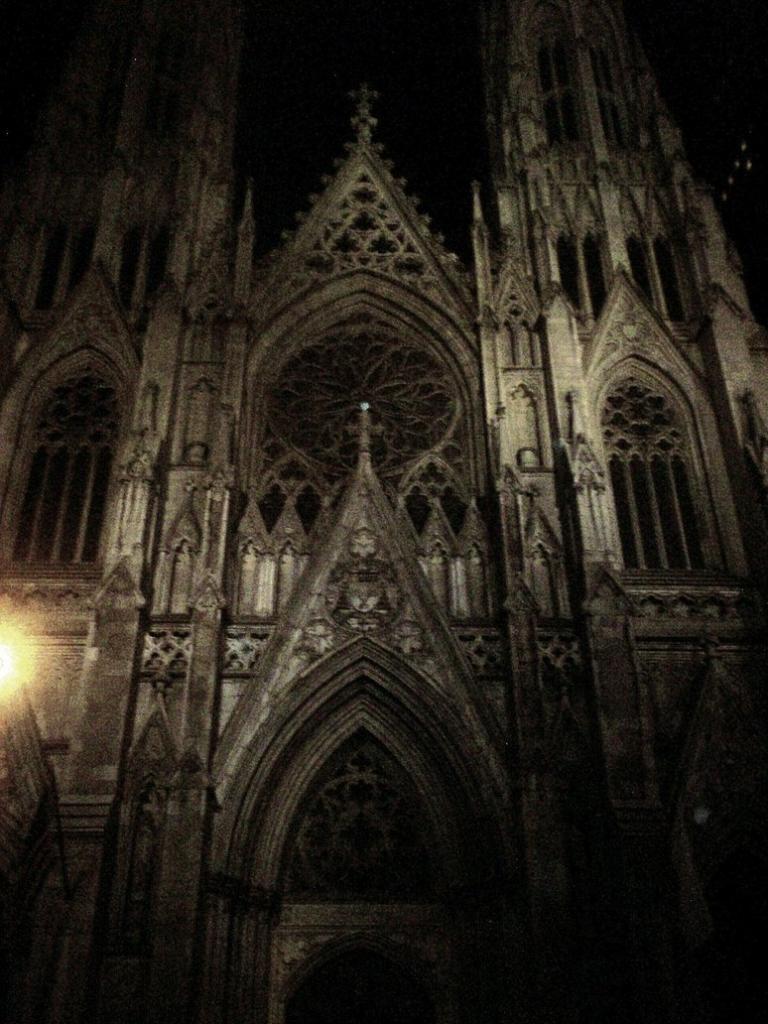The Home Hearths of Astre
One of my favourite books of the early D&D 3e era was The Book of the Righteous by Aaron Loeb. The Home Hearths of Anwyn was my favourite church, I loved how integrated it was into the society. It seemed like a church with a real purpose, something useful for people to believe in and be a part of. My equivalent god, Astre, is directly influenced by Anwyn but both fortunately and unfortunately, my memory is terrible and I haven’t read the book in over 10 years. It is packed in storage somewhere literally half a world away but in a way that’s a good thing. It will force me to be less plagaristic and more creative. I also have to point out the fantastic coincidence that astre means hearth in old french. I swear I made the word up, but I will forgive the reader for not believing me.

Astre is not an interventionist god, she never dabbles in mortal affairs, even to protect her church and most devout followers. Prayers to her go unanswered, her priests claim no influence over her, nor that they can even send or receive communicatons with her. Yet, Astre is the most widely worshipped god on both the rock and her original world, Benoch.

The reason for this is simple, the church of Astre, the Home Hearths, is not only the largest charitable organisation in the worlds, but also the largest individual provider of sustenance to the people that live in communities with a Hearthen presence. Although the nature of the Hearths differ wildly across the different cultures Astre is worshipped, Blonks (the region directly beyond the Benoch portal) provided the basic template for the city church, although the dwellers on the rock take it to great extremes. In the small villages of Benoch that fall under the influence of Astre, the centre of the village is usually dominated by a plain hall large enough to seat the entire village. Kitchens and ovens line the walls of the hall and all bread is baked therin. Although in the villages most homes have cooking facilities, the first meal of the day is always had at the Hearths. Villagers will bring their dough, made the night before and set out to rise, to the ovens of the Home Hearths. While it is baking they socialise and have their first meal of the day provided by the hearths. Usually a porridge with fresh bread, a little honey and some fruit. Once the bread is baked (and some of it consumed), the villagers will begin their days work.
In Blonks, the communal nature of the halfling inhabitants (more on that next week) makes the Hearths even more dominant. The only building in the village with cooking facilities is the Home Hearths and all meals and most social activities take place within.
In the City in Darkness, the Home Hearths are still a large part in the day of it’s inhabitants. The first meal of the day is always had at the Home Hearths.
Breakfast is usually made up of porridge, bread and unique to the city, jellied eels. Rich and poor alike will attend one of the many Home Hearths scattered around the city. As there is no specific rich district in the city, each Home Hearth will play host to people of all social classes. The nobility, merchants, workers, paupers and even priests of other gods attend the Hearths every morning. The poor attend out of necessity, the rich out of obligation. Neglecting the Hearths is sure social suicide for even nobles with their own cooks and kitchens. Meals are served from 5 bells in the morning, to mid-morning (9am), the earlier you attend the more pious you are. Workers will typically stay only a short time before hurrying to work, but for merchants and nobles, the mornings are spent talking business, doing deals and socialising.

Attending a beautiful Home Hearth gives its patrons prestige and so the patronage of artists, architects and artisans is common. Sculpture, and other works of art are especially prized and popular artists are in constant demand. This beautification is not just a competition between different Hearths and families, there is a genuine belief that exulting Astre in this way will bring her closer to them and, despite all evidence to the contrary, make her look more favourably upon the members of the Hearth.
The priests of Astre do not make showy use of miracles, divinations or other such divine powers, nor do they claim to have any special connection wih Astre. They focus instead on providing nourishment for the vast majority of the population of the city. The food provided is donated and not all by the rich, most attendees of the Hearths will, a few times a month, purchase a sack of flour or oats to bring to the hearths. Only the truly destitute are excused from the shaming that comes with being miserly and uncharitable.

Although the Hearths at first glance seem to be an equitable paradise, not all is as equal as it seems. The rich, especially patrons of the Hearth are treated favourably; they never wait for food and are served the best whitest loaves, the youngest, most tender morsels of eel as well as fruit, something normal city dwellers cannot usually afford. That said, the daily meeting of all cultures, races, religions and classes is the major reason the city has so little racial tension. Any city of Nocte’s size and cultural diversity would expect serious problems but thanks to the mixing influence of the church of Astre, the Home Hearths, these problems are minor.